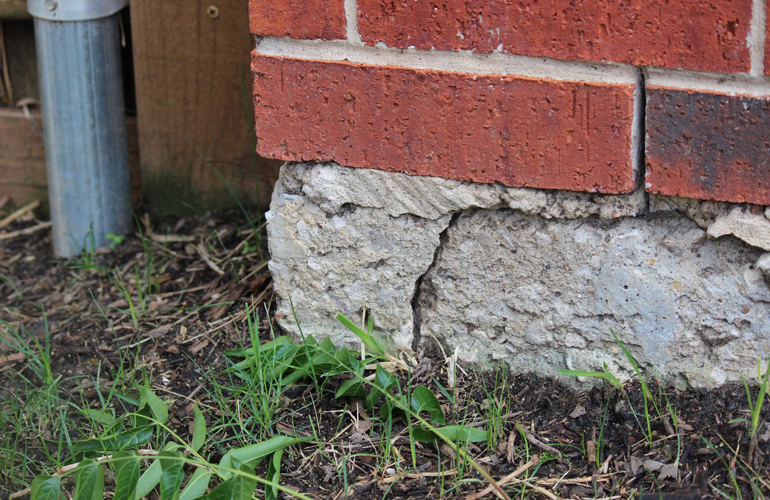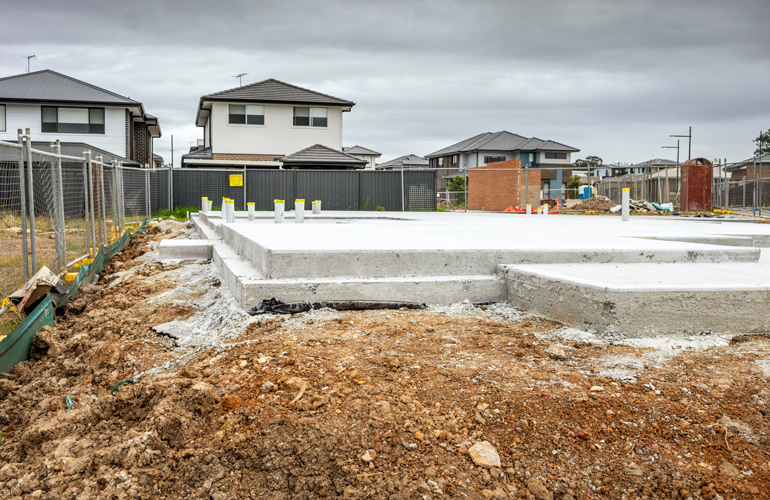A costly problem

After enduring an eight-month reno that included tiling both bathroom showers, replacing all 170 square metres of flooring and adding a fresh coat of interior paint throughout, my fiancé and I assumed we could kick back and enjoy our freshly updated home. And we did – for about a month.
Then, all of a sudden, the newly installed luxury vinyl flooring planks began popping up in a few rooms. We had the installer and manufacturer over several times. But nobody was willing to claim responsibility, and the problem rapidly spread.
We began noticing other signs, too, but didn’t connect the dots until a plumber, brought in for a third opinion, immediately recognised the issue: a slab leak. It would be another week before we learned just how much damage one tiny hole in our buried hot water line caused.
We were forced to file our first-ever homeowner’s insurance claim, move all our belongings into storage and live out of a hotel while the leak was fixed. The house had to be dried out; the floors, cabinets and skirting boards demolished and replaced; and the walls repainted.
Learn more about what a slab leak is and how to spot the signs.
What is a slab leak?

Slab leaks only occur in homes with a concrete slab foundation instead of a pier-and-beam design. A slab leak is a plumbing leak that occurs under the concrete slab, where the plumbing is buried.
“Because the slab is supporting the entire weight of your home, when a plumbing leak occurs, water leaks under the concrete slab, ultimately compromising the home’s foundation,” says plumber Shane Jaeger.
“There can be many possible causes for a slab leak, including corrosion due to pipes encountering other metals in the soil, built-up pressure on the underground pipes or even abrasion due to pipes rubbing against another hard surface.”
My plumber explained it was a common problem in older homes, where pipes have simply become vulnerable due to age. My 1975 home with original pipes was more or less right on track for just such an occurrence. And it had nothing to do with our renovation. The pinhole-sized leak that caused so much damage was simply bad timing.
The sooner you spot a slab leak, the better. If you experience any of the following warning signs, call your plumber immediately, McLaughlin says. This way they can assess the situation and propose a solution to mitigate further damage to your property.
Hot spots on the floor

If your dog or cat starts lounging on previously ignored spots on your floor, they may be enjoying the cosy warmth of hot water. Feel it to see if it’s unusually warm. “Slab leaks are often from hot water lines,” says Jaeger. “The hot water begins to leak through the slab of your home up to the flooring above, causing the floor to be warm or hot to touch.”







